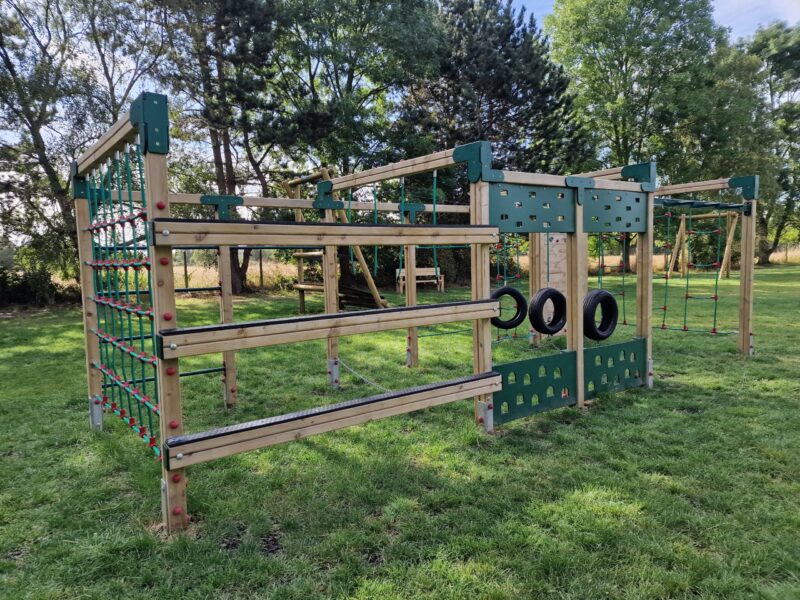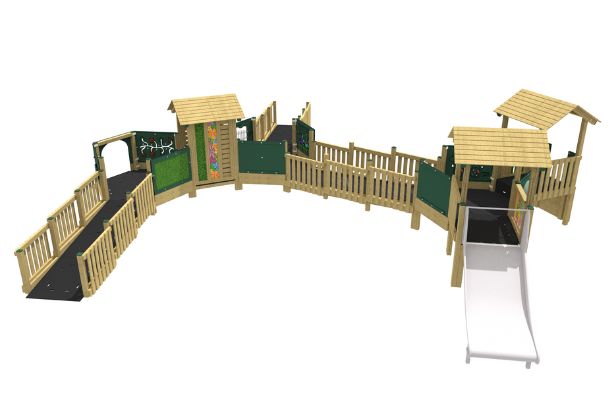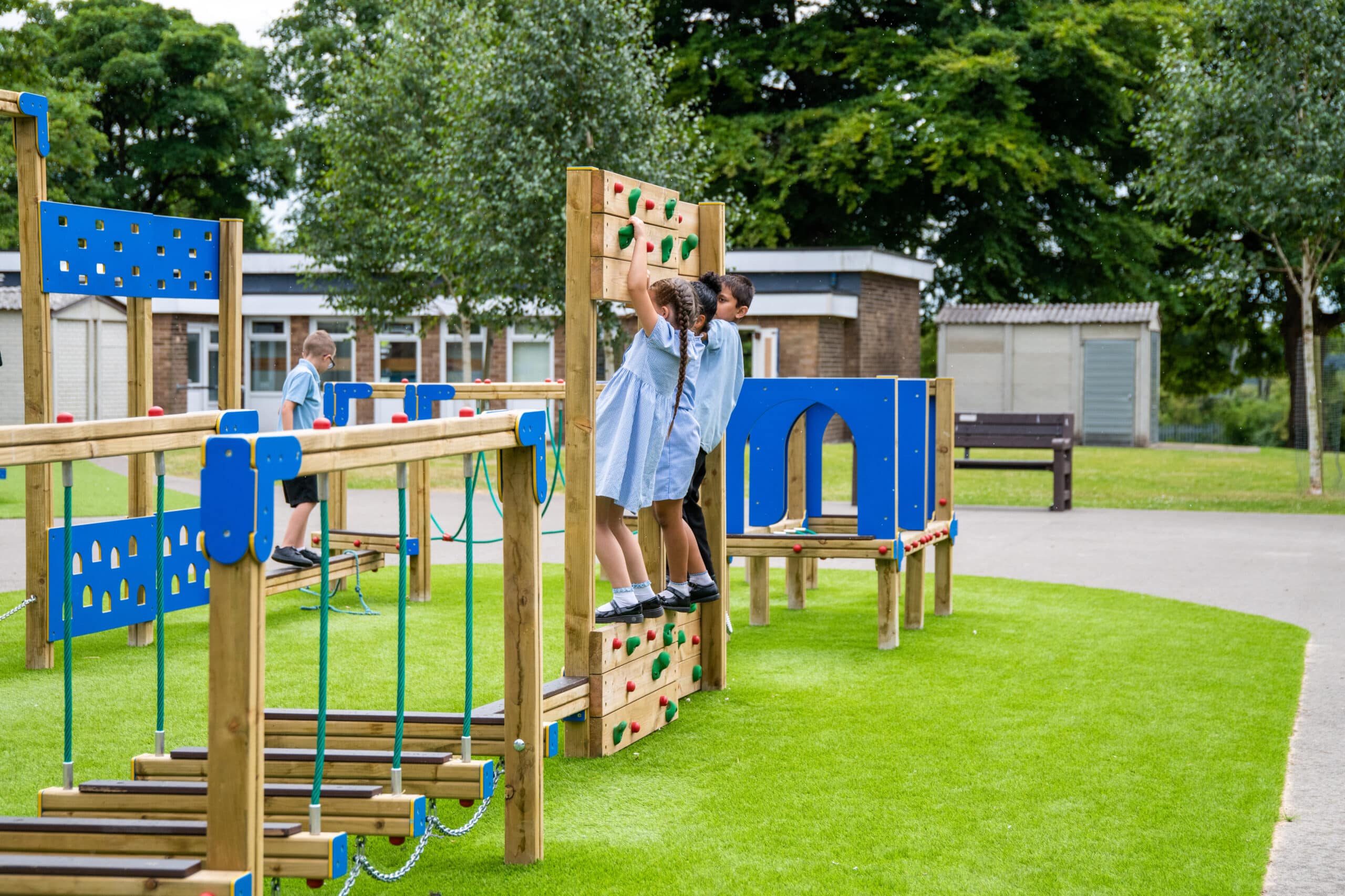What You’ll Typically Find In A Good Playground
For a school, a playground is much more than just an open space – it’s use plays a key part of the school day. It offers pupils a chance to reset, connect with peers, and enjoy active, imaginative play. While every school’s playground is unique, certain types of equipment tend to show up again and again because they serve essential purposes, from crowd management to varied age suitability.
Below is a quick guide to the types of equipment most commonly seen in playgrounds, particularly at schools – and why they’re so popular.
Climbing & Activity Equipment
These are the pieces that get children moving. Think climbing walls, jungle climbers, rope bridges and scramble nets. They’re usually a big draw for energetic pupils and are often placed at the heart of the playground to maximise use. Schools tend to choose structures with a good mix of challenges and routes to suit different age groups and confidence levels.
Imaginative Play Equipment
From playhouses and dens to stationary trains, ships and shops – these spark creativity in children. These areas are often used during breaktimes and golden time, but also have crossover potential for role play during lessons. Schools may cluster these pieces in quieter parts of the playground to encourage focused, cooperative play.
Outdoor Sports Equipment
Many playgrounds feature sports-focused zones with goal ends, basketball hoops, or multi-use markings. Some include full Multi-Use Games Areas (MUGAs) to accommodate PE sessions and after-school clubs. These areas are particularly valuable for managing older year groups and giving structure to active breaktimes.
Play Towers
Often the centrepiece of the playground, play towers combine slides, platforms, climbing elements and bridges in one unit. Some are themed, others modular. Their popularity lies in how many children can use them at once – making them great for schools with high pupil numbers or staggered breaks.
Trim Trails
A school playground staple. Trim trails are modular, low-height agility routes often set out in a line or circuit. Schools like them for their versatility – they work in narrow spaces, are easy to supervise, and encourage repeated use. Some schools use them to create a mini obstacle course or challenge circuit.
Final Thoughts
No two school playgrounds are exactly alike – and they don’t have to be. The key is creating a space that suits your pupils, your site, and the way your school uses outdoor time. Whether you’re refreshing part of a play area or starting from scratch, being familiar with the main categories of equipment can help you make confident decisions.
See how these schools are making great use of their space: Creative Play’s School Playground Projects
Need Assistance Deciding?
With so many options available, it’s easy to feel overwhelmed. Speaking to a Play Advisor can help you narrow down the best choices based on your space, goals, and budget. A thoughtful, needs-led approach ensures the final play space serves every child – whether they’re climbing, digging, creating or roleplaying.
Get in touch today for expert guidance tailored to your specific needs and goals by calling 01244 375 627 or via the Contact Form
Further Reading: Check out our guide on Understanding Playground Construction Materials
Explore More Using The Ultimate Playground Design Guide Menu




